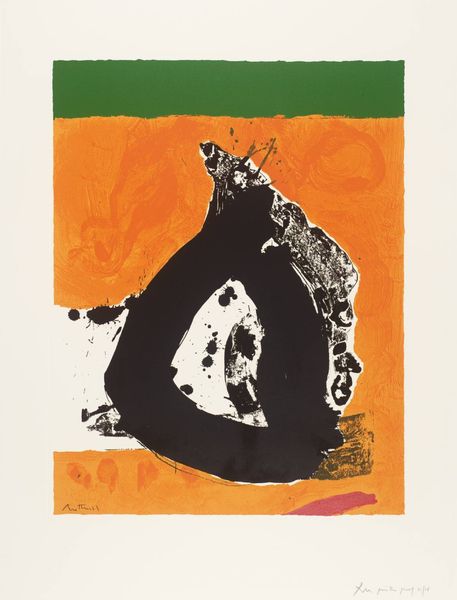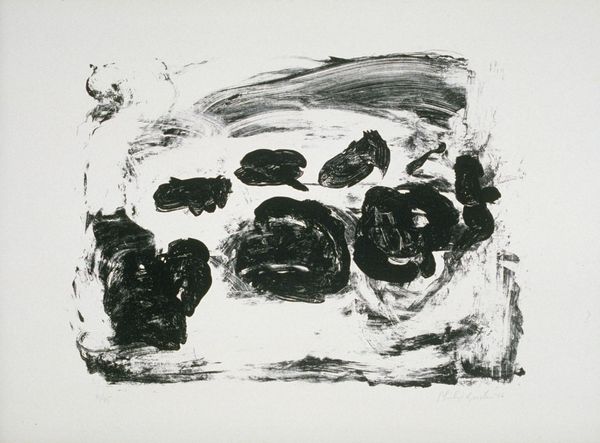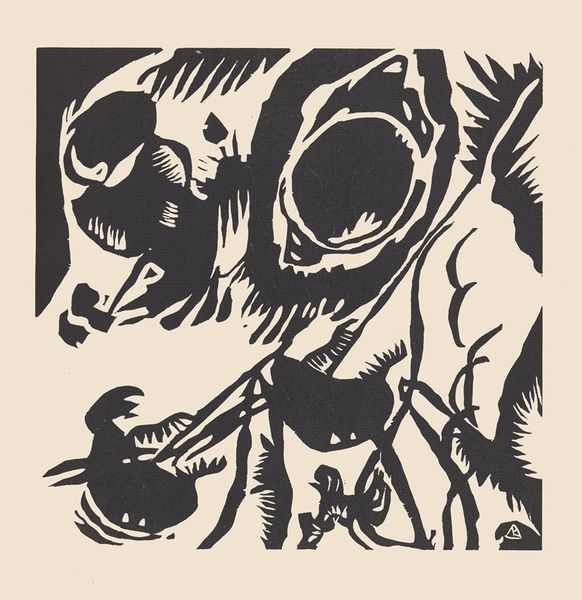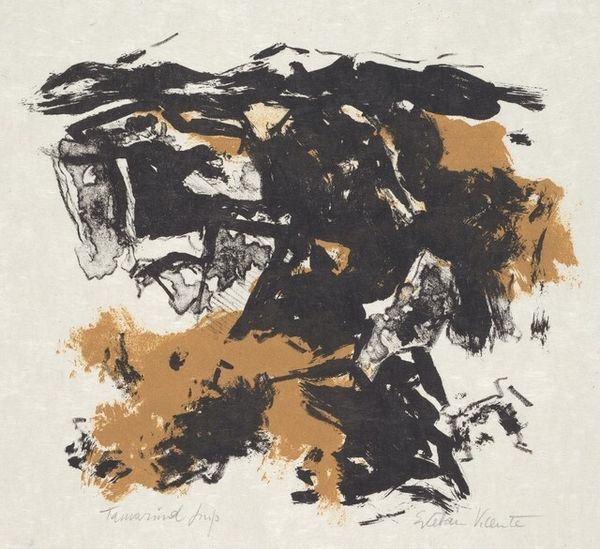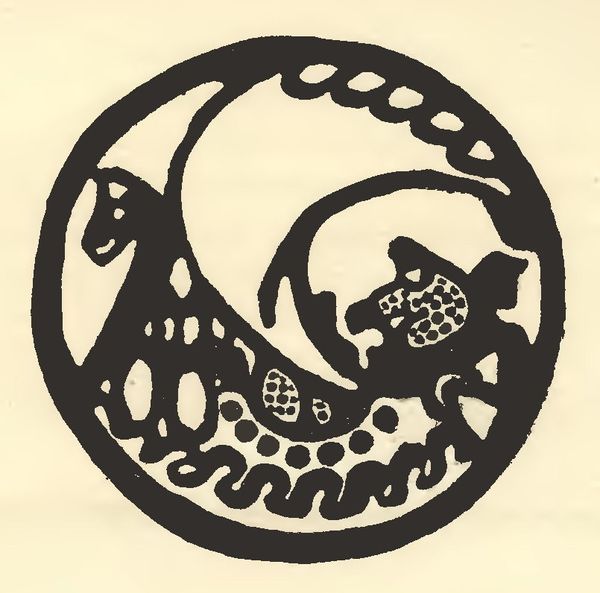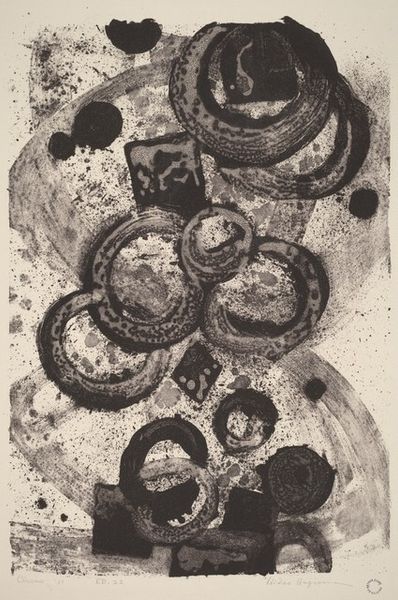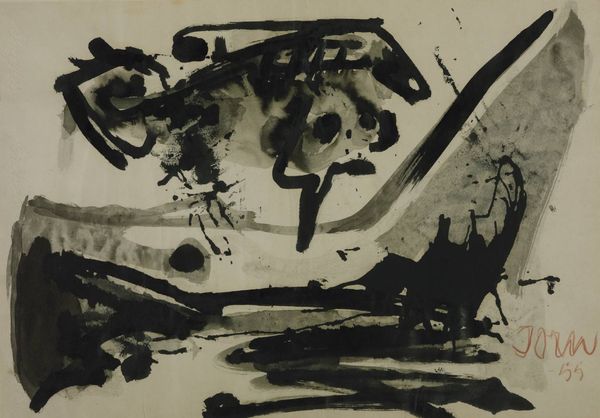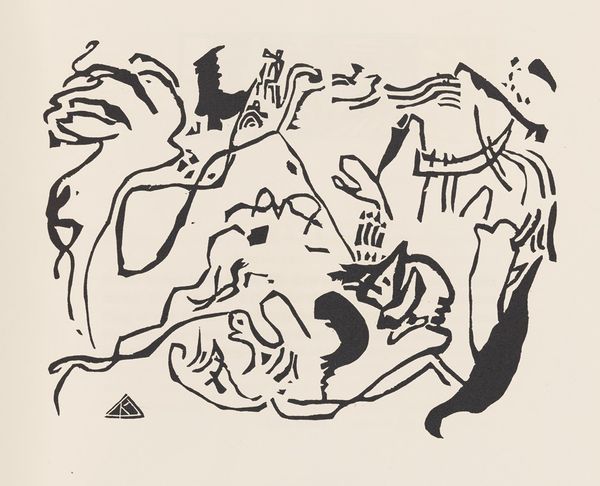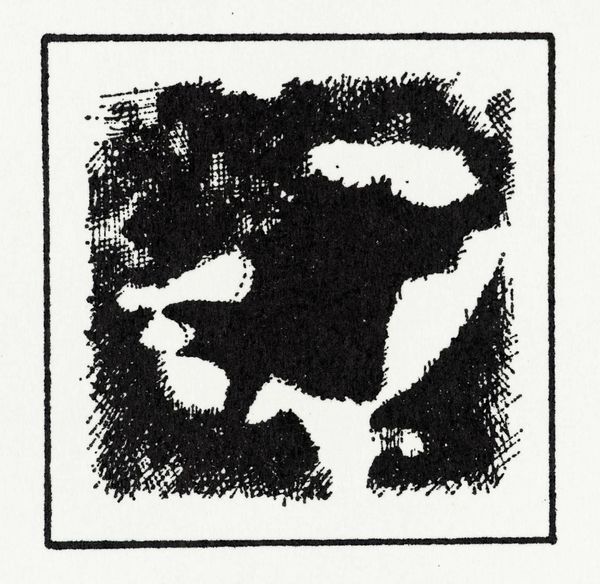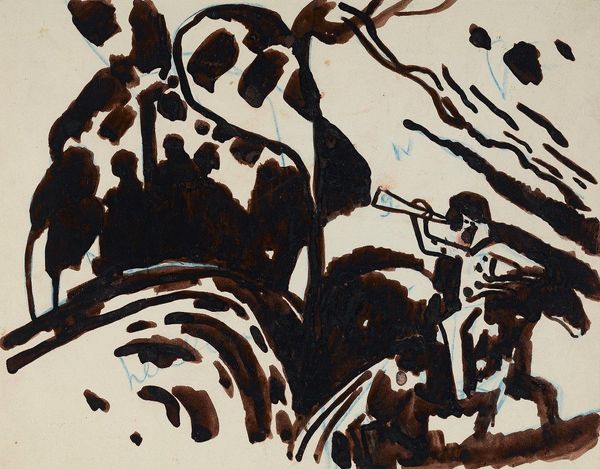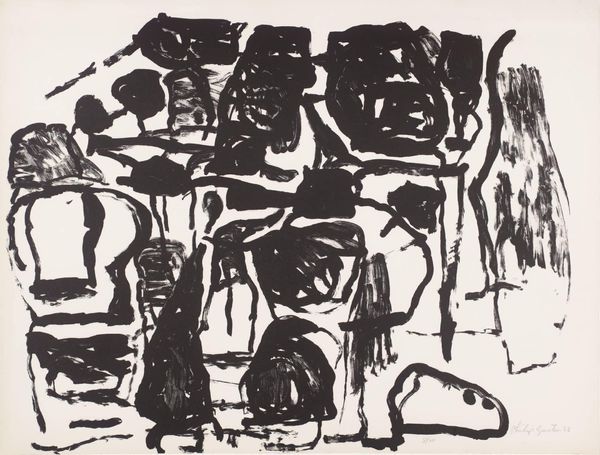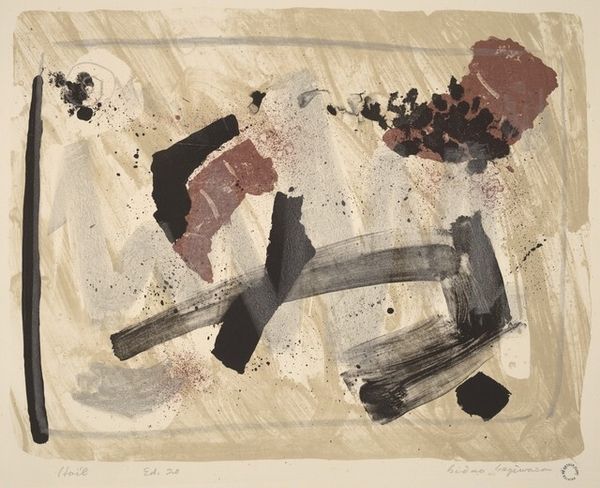
print, woodcut
# print
#
german-expressionism
#
abstract
#
geometric
#
expressionism
#
woodcut
#
abstraction
Copyright: Public Domain: Artvee
Wassily Kandinsky created this woodcut, titled "Klänge Pl.14," as part of a series exploring the connection between visual art and music. Made in Germany, sometime before the first world war, the image is abstract, but its strong black-and-white contrasts evoke a sense of drama. Kandinsky was interested in theosophy and spirituality, and it's believed that such interests led to his increasing abstraction. At this time, certain art institutions were beginning to accept more avant-garde art, but this piece still challenges traditional artistic values. The woodcut technique itself has a long history, particularly in German Expressionism, a movement which looked to challenge what it saw as the decadence and corruption of society. To understand this work further, research into Kandinsky's writings, and the cultural context of early 20th century Germany would be most valuable. Art like this reminds us that meaning is not fixed but arises from the society and institutions in which it exists.
Comments
No comments
Be the first to comment and join the conversation on the ultimate creative platform.

